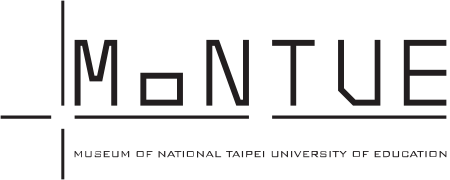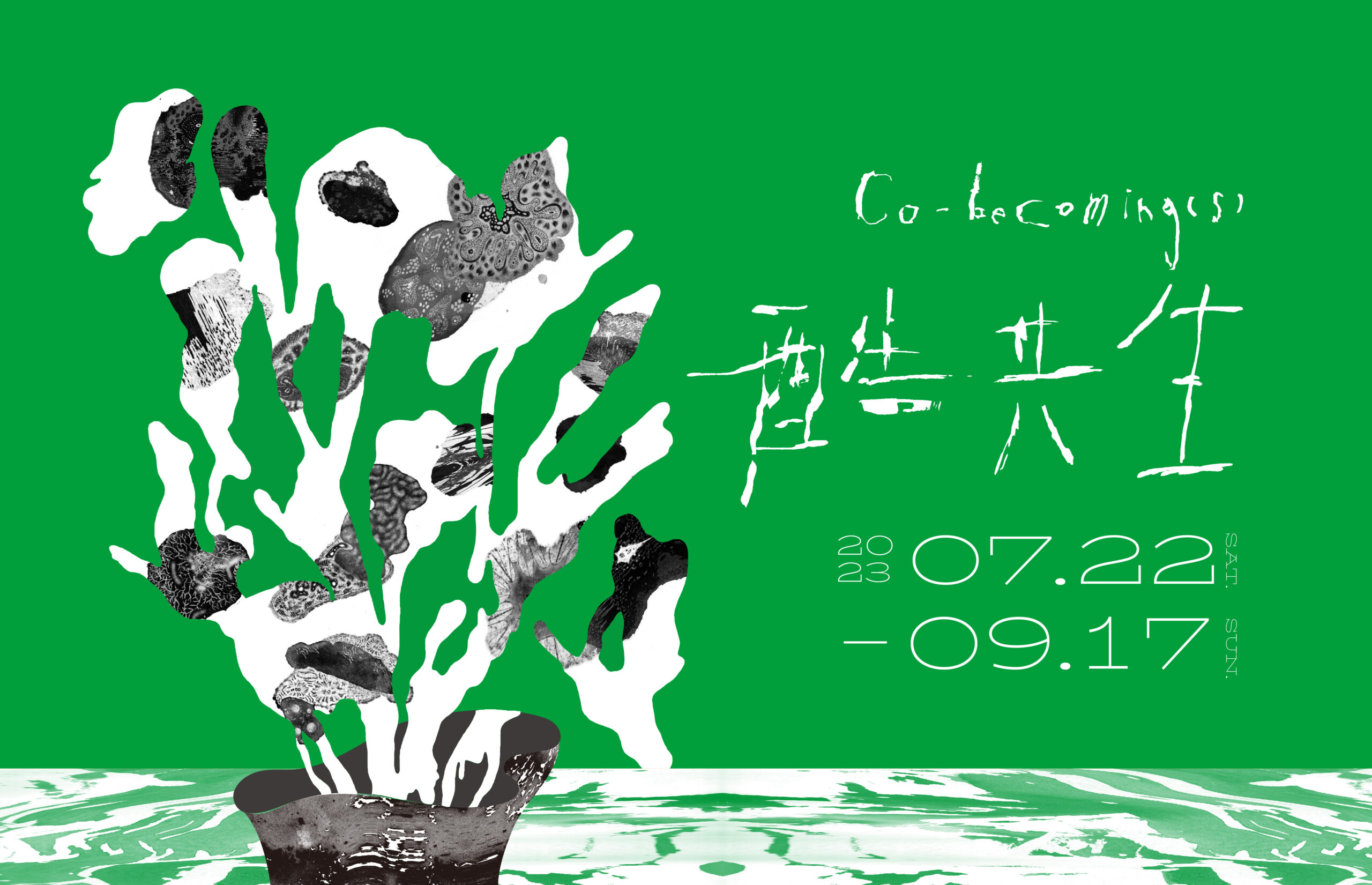2023.07.22 - 2023.09.17Co-becoming(s)
"Separate organisms blended together, creating new wholes that were greater than the sum of their parts." - Microcosmos: Four Billion Years of Evolution from Our Microbial Ancestors
What is “human”? How is humanity related to other living organisms? What is the position of humanity in terms of geology and ecology? In the 1960s, scientists discovered independent mitochondrial deoxyribonucleic acid (DNA) in human cells, which led to the formulation of the “endosymbiotic theory” proposed by biologist Lynn Margulis (1938-2011). Margulis pointed out that human cells and mitochondria, in fact, originated from the merging of two bacteria: Thermoplasma acidophilum and Bdellavibrio, which devoured each other and actively overcame differences to achieve a symbiotic existence, eventually evolving into the genetic cells of animals, plants, and fungi. This discovery reveals that the cells that constitute a human body are fundamentally the product of the symbiosis of two or more living organisms.
In her discussion about such diversified existences and distinctive interspecies relations in the ecosphere, philosopher Karen Barad (1956-) proposed the idea of “queer performativity,” in which Barad took “queer,” a term predominantly used in the discourse of human gender identity, rendered it de-anthropocentric, and applied the dynamic qualities associated with the term: unusual, uncategorizable, and unfit for the common definition of normalcy, to construct a queer discourse for stingrays, dinoflagellates, and even atoms and quanta. Through such thinking, the Bdellavibrio living in Thermoplasma acidophilum described in Margulis’s work formed the very first queer symbiosis in evolutionary history.
Co-becoming(s) is a selected project of the Curators' Incubator Program @ Museums, which is organized by the National Culture and Arts Foundation, in collaboration with the Museum of National Taipei University of Education. Curator Lin Cheng-Wei (Davey) aims to employ endosymbiosis and queer theories – two separate concepts from evolutionary biology and gender theory; in such an interweaving of interdisciplinary narratives, he collaborates with artists, scientists, and activists to bring about symbiosis-inspired projects characterized by differences and vitality.
This exhibition features eleven contemporary artists from Taiwan, and opens with Cabinet of Curiosities by LIU Yu, who discusses how a biologist thinks about the conception of “the other” through personal sensibility and figure of speech. In the high-ceiling space of the MoNTUE, three works ensue: LEE Tzu-Tung’s #Ghostkeepers explores political violence and online inter-identity performance. Through a batch of Formosan Michelia seedlings, CHUANG Chih-Wei’s Straight Dominance is a new site-specific work that addresses the connection between “straightness” and the idea of excellence. In Muntjac Imitation, WU Sih-Chin documents the relationship between indigenous people and muntjacs from his own viewpoint. The three works are connected by soil, a nurturing symbol. Several projects are on view in the adjacent lower ceiling space: Queer Termite Project is a project co-developed by KU Kuang-Yi and entomologists. CHANG Chen-Shen’s Incarnation Project: Deviation Lovers is a new work that explores the hybridizing relation between humans and pigs through organ specimen production, which is complemented by a video piece on dental implant for pigs. In her three new works, titled qpHesitation, qpNestitation, and qpFence respectively, transpossum utilizes fluorescent yeast to brew queer wine and in turn inquire into the conflicts and subsequent diaspora between queer individuals and their heterosexual families of origin. The third-floor gallery exhibits drawings and paintings by SU Wan-Ting, YEH Tsai-Wei, XU Hao-Yun and CHANG Li-Yeh. The lines, colors and narratives visualized in their works provide further imagination about queer coexistence with others. The exhibition concludes with Correlated dailies, a semi-documentary that is comprised of interviews with five groups of people, whose professions are closely related to other species. The film aims to capture the diverse practices of inter-species relations.
The development of civilization and science is inherently entwined with the ecosphere. It is imperative for humanity to acknowledge and understand lives that have been overlooked, be it sexual minorities, indigenous peoples, fauna and flora, or microorganisms, with whom we share a habitat. In this non-homogeneous world informed by queer identities and relations, a practice of co-becoming(s) is waiting to commence.

